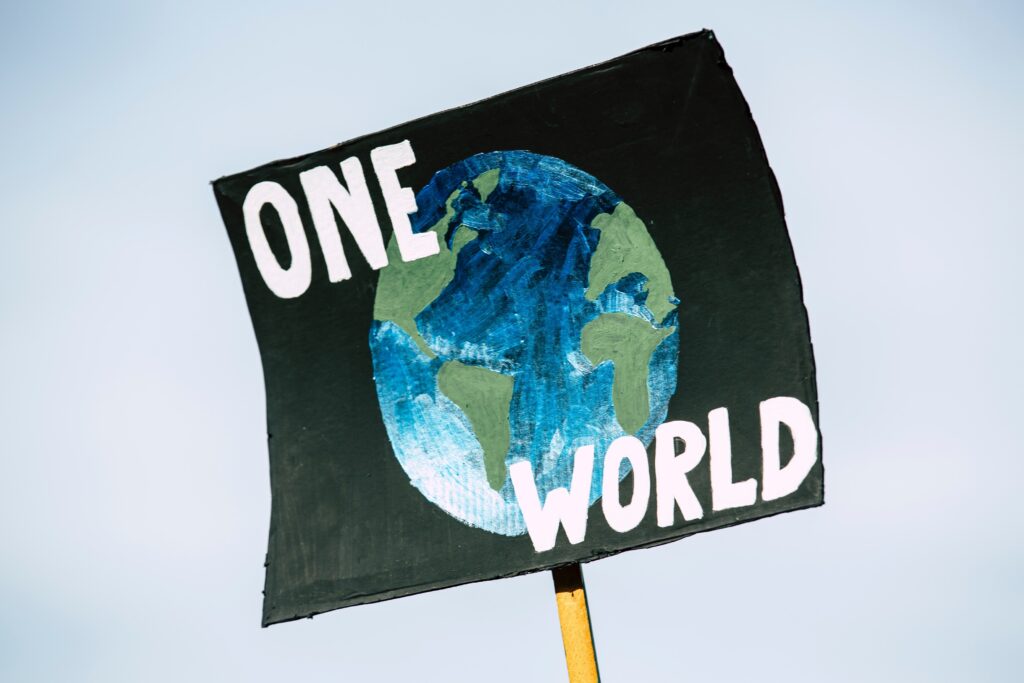
Financing Climate Actions at COP27
The Conference of Parties (COP) is the formal meeting of the United Nations Framework Convention on Climate Change (UNFCCC), dedicated to conducting discussions on climate change and taking actions to tackle the same. Climate change affects all countries, irrespective of their wealth. Therefore, tackling it must be a collective effort. The COP conferences do exactly this. Parties to the conference get together to discuss and come up with solutions to tackle climate change. Transitioning to green energy and phasing out of all fossil fuels are some goals these conferences aim to achieve.
COP is an important platform for nations to discuss and reach a consensus on how to protect the world. The aim is to prevent the global rise of temperatures above 1.5℃.
However, achieving these goals needs massive financial investments and support. According to a 2022 report by the International Renewable Energy Agency, transitioning to clean energy needs an investment of $5.7 trillion annually until 2030. Additionally, replacing 500 gigawatts of coal capacity with solar and wind would cut annual costs by approximately $23 billion annually and yield a stimulus worth $940 billion, or around 1% of global gross domestic product.
A lack of funds proves to be an obstacle for the developing and less developed countries. Climate finance is the key to achieving these goals.
Climate finance refers to local, national, or transnational financing, which may be drawn from public, private and alternative sources of financing that seek to support the mitigation and adaptation of climate change actions. Further, provision of access and availability of grants, loans, or any other sources would help developing and less developed countries to tackle climate change.
Additionally, various funds, like the Green Climate Fund, the Global Environment Facility, and the Least Developed Countries Fund have been set up by the parties to aid access to climate finance. However, these funds are not sufficient to make any discernible impact. Trillions of dollars are and will be needed every year to achieve the goals laid down by the UNFCCC. Therefore, climate finance is very crucial to every COP.
The latest COP27 was held in Sharm El-Sheikh under Egypt’s presidency. The goals and vision for COP27 were centred around four themes, namely, Mitigation, Adaptation, Finance, and Collaboration. With respect to Finance, the Parties agreed to the creation of a ‘Loss and Damage Fund’ to support developing countries that are particularly vulnerable to the adverse effects of climate change. Creation of this fund marks an important point of progress. The Parties also agreed to establish a ‘transitional committee’ to make recommendations on how to operationalize both the funding arrangements and the fund at COP28 next year.
The developed countries, at COP15 in 2009 pledged to jointly mobilise $100 billion a year by 2020 to advance funds to less developed countries. This goal has not yet been met and thus, was a serious concern at COP27. The developed countries were urged to meet the goal, while multilateral development banks and international financial institutions were called on to mobilise climate finance. Furthermore, deliberations on setting a new ‘collective quantified goal on climate finance’ in 2024, taking into account the needs and priorities of developing countries, also continued at the conference.
While creation of the fund is a historic and welcome move, the questions such as how much will go into the fund and who will contribute to it will be ascertained next year. The challenge with the latter is largely ethical. Should large emitters, like India and China, be responsible to finance the fund or should it be the developed countries like the USA and the EU? Or should it be both?
While India and China have welcomed the move, they have declined to contribute to the fund. The USA earlier opposed the fund, while the EU was skeptical of it. However, the EU later changed its stance, which put pressure on the USA to follow. Such issues are bound to reflect in future discussions on how the fund will operate.
Investments in climate actions are said to yield high returns. According to 2019 data from the World Bank, significant investments in climate infrastructure – around $90 trillion by 2030 – are needed. Transitioning to a green economy, it found, can unlock new economic opportunities and jobs. An investment of $1, on average, yields $4 in benefits. The global economy is going through a tumultuous phase at the moment, however, the window for taking climate actions is quickly narrowing.
Knowledge-sharing platform is aimed at providing analytical insights into Economy, Public Policy and Foreign Policy.


